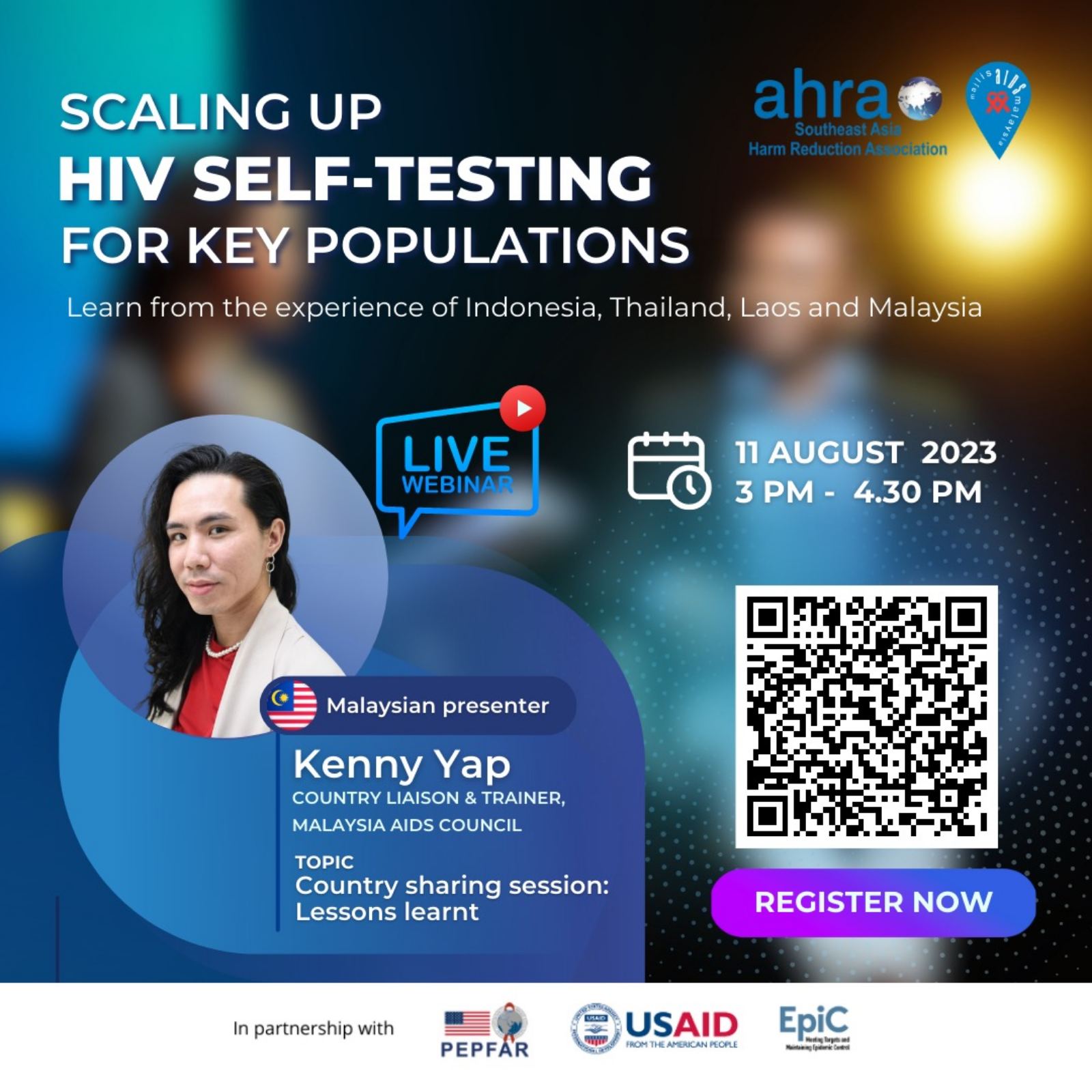Overdose prevention and management are crucial components of harm reduction initiatives aimed at reducing the negative consequences of drug use. Here are key points related to overdose prevention:
- Definition: An overdose occurs when an individual consumes a drug in such an amount that it produces acute adverse physical or mental effects. Overdoses can occur with both licit and illicit drugs, and they can range from producing transient or lasting effects to being fatal.
- Morbidity and mortality: Overdosing is a significant cause of both morbidity (illness or harm) and mortality (death) among people who use drugs. It poses a serious health risk and is a primary focus of harm reduction efforts.
- Harm reduction approach: Overdose prevention is a harm reduction strategy that aims to decrease the number of overdose-related deaths. It involves various interventions such as:
- Overdose prevention education: Providing information on recognizing the signs of overdose, risks associated with specific drugs, and ways to reduce the likelihood of an overdose.
- Distribution of overdose reversal medication: Naloxone is an example of a medication that can reverse opioid overdoses. Distributing naloxone to individuals at risk, their peers, and community members increases the chances of prompt intervention and saves lives.
- Outreach and health services: Reaching out to individuals who use drugs, providing support, and connecting them to healthcare services and resources.
- Safe injection rooms: These supervised facilities offer a controlled environment for people to use drugs under medical supervision, reducing the risk of overdose and providing immediate assistance if an overdose occurs.
- Access to information: Ensuring that individuals have access to accurate and up-to-date information on overdose prevention, harm reduction strategies, and emergency response resources.
- Encouraging medical help: Promoting the importance of seeking medical assistance in the event of an overdose and reducing barriers to accessing emergency medical services.
